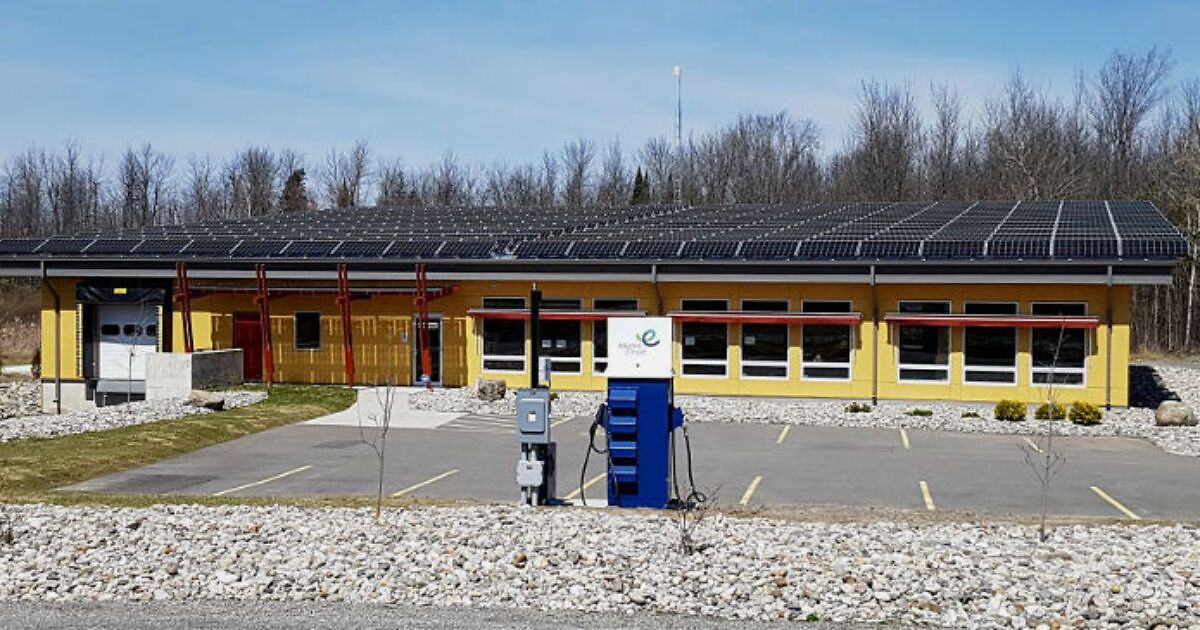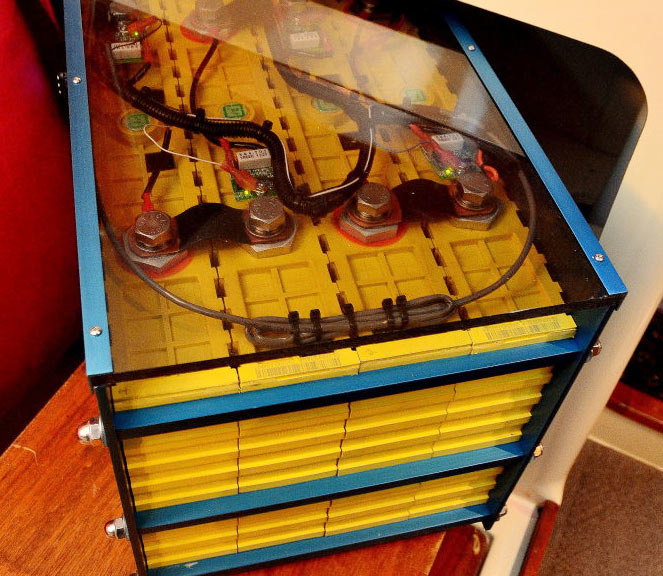ghostwriter66
"Here - Hold my Beer"
So my boss who has a PhD in Chemical Engineering went to China on business about a month ago and visited one of the largest LiFePO4 battery manufacturers in the world that we use. They gave him a very good tour and today we reciprocated their hospitality by hosting their Lead Design Engineer who is in the States for an upcoming Solar conference. It was a VERY interesting day with him with lots of hands on "Show and Tell". So I thought I would pass what I can on to those interested.
MOST OF THIS INFORMATION IS TAKEN/COPIED FROM THE SLIDE DECKS FROM HIS CLASS
How to Parallel Balancing. (YEP 99% of us is doing it wrong)
So we have all heard the instruction that by just wiring the cells in parallel they will somehow all get themselves magically in balance. This is NOT entirely true unless you have several days-weeks to waste. Now let me caveat something first. 95% of all the LiFePO4 (LFP) cells coming out of China now are made in batches and shipped in batches. This means that if you order four 100aH batteries that the odds are they are going to all be charged at 3.2v at the factory and by the time you get it ALL the cells are probably within a 0.1V variance. SO simply paralleling those four batteries for the next 24 hours will probably do the trick.
BUT if you get batteries that are 0.25v or more out of whack - or you don't want to wait 24 hours - here's how the Manufacturing Design engineers recommend. Remember - Balancing requires a voltage differential to move current between or from/to the cells. That’s why just putting them together in parallel and leaving them does NOT do much.
So to QUICKLY achieve a PERFECT balance.
1. If possible - top each of the cells up to the voltage of the highest cell prior to wiring them in parallel.
2. Wire the cells in parallel
3. Set the power supply to 3.40V and the amperage to about 80% of the max it can do. (Setting it at 80% is only to prolong the life of the Power Supply)
4. Turn on power supply and charge to 3.40V
5. When the current has dropped to 0.0A at 3.40V turn off the power supply & set it to 3.50V
6. Turn on power supply and charge cells to 3.50V
7. When current has dropped to 0.0A at 3.50V turn off the power supply & set to 3.60V
8. Allow current to drop to 0.0A at 3.60V
9. Disconnect Power.
10. The Battery pack is now perfectly balanced.
NOTE: Due to LFP characteristics, It will take about 70% of the time to get from 3.2 to 3.4V. Then about 25% of the time to get 3.4 to 3.5V... then 3.5 to 3.6 will be very short ...
NOTE: Measure the input voltage right at the cells - do not trust the voltmeter on the power supply.
NOTE: You have to do each step as described – you CAN'T simply set it at 3.6V and walk away.
MOST OF THIS INFORMATION IS TAKEN/COPIED FROM THE SLIDE DECKS FROM HIS CLASS
How to Parallel Balancing. (YEP 99% of us is doing it wrong)
So we have all heard the instruction that by just wiring the cells in parallel they will somehow all get themselves magically in balance. This is NOT entirely true unless you have several days-weeks to waste. Now let me caveat something first. 95% of all the LiFePO4 (LFP) cells coming out of China now are made in batches and shipped in batches. This means that if you order four 100aH batteries that the odds are they are going to all be charged at 3.2v at the factory and by the time you get it ALL the cells are probably within a 0.1V variance. SO simply paralleling those four batteries for the next 24 hours will probably do the trick.
BUT if you get batteries that are 0.25v or more out of whack - or you don't want to wait 24 hours - here's how the Manufacturing Design engineers recommend. Remember - Balancing requires a voltage differential to move current between or from/to the cells. That’s why just putting them together in parallel and leaving them does NOT do much.
So to QUICKLY achieve a PERFECT balance.
1. If possible - top each of the cells up to the voltage of the highest cell prior to wiring them in parallel.
2. Wire the cells in parallel
3. Set the power supply to 3.40V and the amperage to about 80% of the max it can do. (Setting it at 80% is only to prolong the life of the Power Supply)
4. Turn on power supply and charge to 3.40V
5. When the current has dropped to 0.0A at 3.40V turn off the power supply & set it to 3.50V
6. Turn on power supply and charge cells to 3.50V
7. When current has dropped to 0.0A at 3.50V turn off the power supply & set to 3.60V
8. Allow current to drop to 0.0A at 3.60V
9. Disconnect Power.
10. The Battery pack is now perfectly balanced.
NOTE: Due to LFP characteristics, It will take about 70% of the time to get from 3.2 to 3.4V. Then about 25% of the time to get 3.4 to 3.5V... then 3.5 to 3.6 will be very short ...
NOTE: Measure the input voltage right at the cells - do not trust the voltmeter on the power supply.
NOTE: You have to do each step as described – you CAN'T simply set it at 3.6V and walk away.
Last edited:





